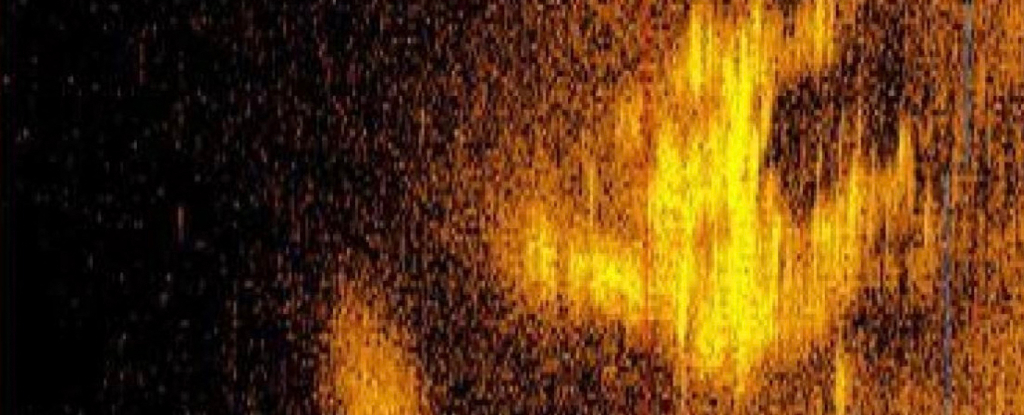ARTICLE AD
Subscribe today
Every print subscription comes with full digital access
Science News
INDEPENDENT JOURNALISM SINCE 1921 SIGN INThe LZ experiment reports no signs of dark matter in their latest search
The LZ experiment is designed to detect light from interactions of dark matter particles using photomultiplier tubes (shown).</p>
" data-image-description="" data-image-meta="{"aperture":"0","credit":"","camera":"","caption":"","created_timestamp":"0","copyright":"Sanford Underground Research Facility","focal_length":"0","iso":"0","shutter_speed":"0","title":"","orientation":"0"}" data-image-title="082324_EC_dark-matter_feat" data-large-file="https://i0.wp.com/www.sciencenews.org/wp-content/uploads/2024/08/082324_EC_dark-matter_feat.jpg?fit=800%2C450&ssl=1" data-medium-file="https://i0.wp.com/www.sciencenews.org/wp-content/uploads/2024/08/082324_EC_dark-matter_feat.jpg?fit=680%2C383&ssl=1" data-orig-file="https://i0.wp.com/www.sciencenews.org/wp-content/uploads/2024/08/082324_EC_dark-matter_feat.jpg?fit=1440%2C810&ssl=1" data-orig-size="1440,810" data-permalink="https://www.sciencenews.org/082324_ec_dark-matter_feat" decoding="async" fetchpriority="high" height="580" sizes="(max-width: 1030px) 100vw, 1030px" src="https://i0.wp.com/www.sciencenews.org/wp-content/uploads/2024/08/082324_EC_dark-matter_feat.jpg?fit=1030%2C580&ssl=1" srcset="https://i0.wp.com/www.sciencenews.org/wp-content/uploads/2024/08/082324_EC_dark-matter_feat.jpg?w=1440&ssl=1 1440w, https://i0.wp.com/www.sciencenews.org/wp-content/uploads/2024/08/082324_EC_dark-matter_feat.jpg?resize=680%2C383&ssl=1 680w, https://i0.wp.com/www.sciencenews.org/wp-content/uploads/2024/08/082324_EC_dark-matter_feat.jpg?resize=800%2C450&ssl=1 800w, https://i0.wp.com/www.sciencenews.org/wp-content/uploads/2024/08/082324_EC_dark-matter_feat.jpg?resize=330%2C186&ssl=1 330w, https://i0.wp.com/www.sciencenews.org/wp-content/uploads/2024/08/082324_EC_dark-matter_feat.jpg?resize=768%2C432&ssl=1 768w, https://i0.wp.com/www.sciencenews.org/wp-content/uploads/2024/08/082324_EC_dark-matter_feat.jpg?resize=1030%2C580&ssl=1 1030w, https://i0.wp.com/www.sciencenews.org/wp-content/uploads/2024/08/082324_EC_dark-matter_feat.jpg?resize=1380%2C776&ssl=1 1380w" width="1030">
The LZ experiment is designed to detect light from interactions of dark matter particles using photomultiplier tubes (shown).
Matthew Kapust/Sanford Underground Research Facility
Scientists have just slashed the potential hiding spaces for dark matter particles.
The LUX-ZEPLIN, or LZ, experiment has searched for and ruled out the existence of dark matter particles with a wide swath of properties, researchers report August 26 at two conferences. Dark matter is a substance whose influence can be seen on the scale of galaxies and galaxy clusters, but which has never been directly detected.
LZ searches for a hypothetical type of dark matter particle called a weakly interacting massive particle, specifically WIMPs with masses above 9 billion electron volts. (For comparison, a proton has a mass of around 1 billion electron volts). The LZ detector, filled with 10 metric tons of liquid xenon, monitors for atomic nuclei recoiling when WIMPs plow into the liquid (SN: 7/7/22).

 3 months ago
34
3 months ago
34 

